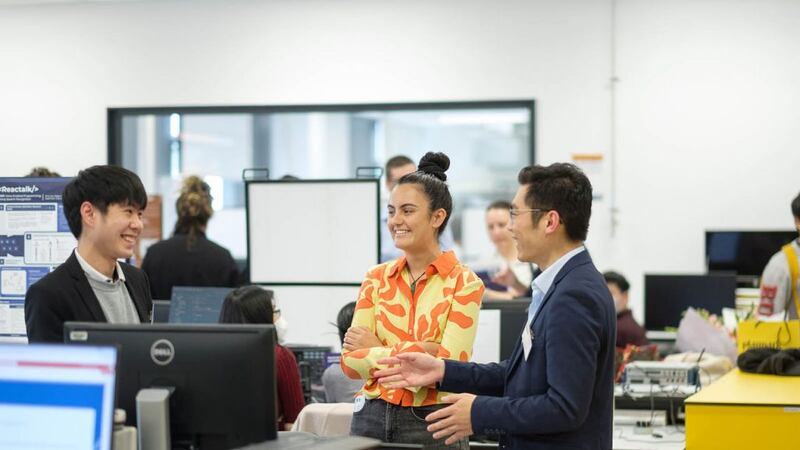When Aotearoa New Zealand was first hit with the Covid-19 pandemic, Māori linguists across the country felt it imperative to create a resource that supported research in te reo Māori revitalisation – especially for such challenging times.
Among them was senior lecturer Dr Peter Keegan (Waikato-Maniapoto, Ngāti Porou) who says linguistics have a lot to offer for language revitalisation.
Now, after a successful collaboration, Māori scholars across Aotearoa have announced the release of special edition journal, Te Reo Vol 66, a distinguished publication shedding light on vital aspects of the Māori language.
“The inspiration for this special issue came from the global events surrounding the Covid-19 pandemic, and the realisation that the linguistic community in Aotearoa New Zealand could, and should, be doing more to support our Indigenous language,” Dr Keegan says.
“We want to show that Māori language linguistic research can tell us interesting things about te reo Māori.”
Freshly published in February 2024, Te Reo Vol 66 presents an array of scholarly contributions that explore linguistic intricacies and pedagogical insight.
It covers a variety of topics, such as the pronunciation of the word ‘Māori’; teaching of Māori language pronunciation; first and second language speakers of te reo; Māori attitudes towards non-Māori speaking the language; and the historical evolution of Polynesian languages.
Contributing authors from Waipapa Taumata Rau, University of Auckland, include Dr Peter Keegan, Professor Catherine Watson, and engineering PhD student Isabella Shields (Ngāti Porou) who has conducted a first of its kind research exploring the /r/ sound in te reo Māori.

Shields’ paper in this special issue of Te Reo describes some of the preliminary stages of her research.
“Māori linguistic research has an essential role in Māori language revitalisation. If I put my engineering hat on, research in this area is needed to inform the design, development, and improvement of Māori-language technologies,” Shields says.
“We couldn’t, for example, build a reliable pronunciation tool targeting the /r/ sound without first understanding how it varies.
“I found myself in this area of Māori speech processing and speech technology early in my university career. It appealed to me because it combined many things that I had thought wouldn’t intersect; linguistics, engineering, and te reo Māori.
“When I decided I wanted to pursue a PhD I knew it was going to focus on te reo Māori, the question was just what aspect of the language and from what angle. Looking into /r/ seemed to me an interesting challenge, plus I had struggled with pronouncing it correctly when I first started learning Māori.”
Each paper is concerned with te reo Māori, as it is learned, taught, spoken, and valued in Aotearoa New Zealand in the 21st century.
The special edition journal is centred on te reo Māori, examining its acquisition, instruction, usage, and cultural significance within the contemporary landscape of Aotearoa New Zealand.
Read the journal here.
- Waipapa Taumata Rau, University of Auckland


